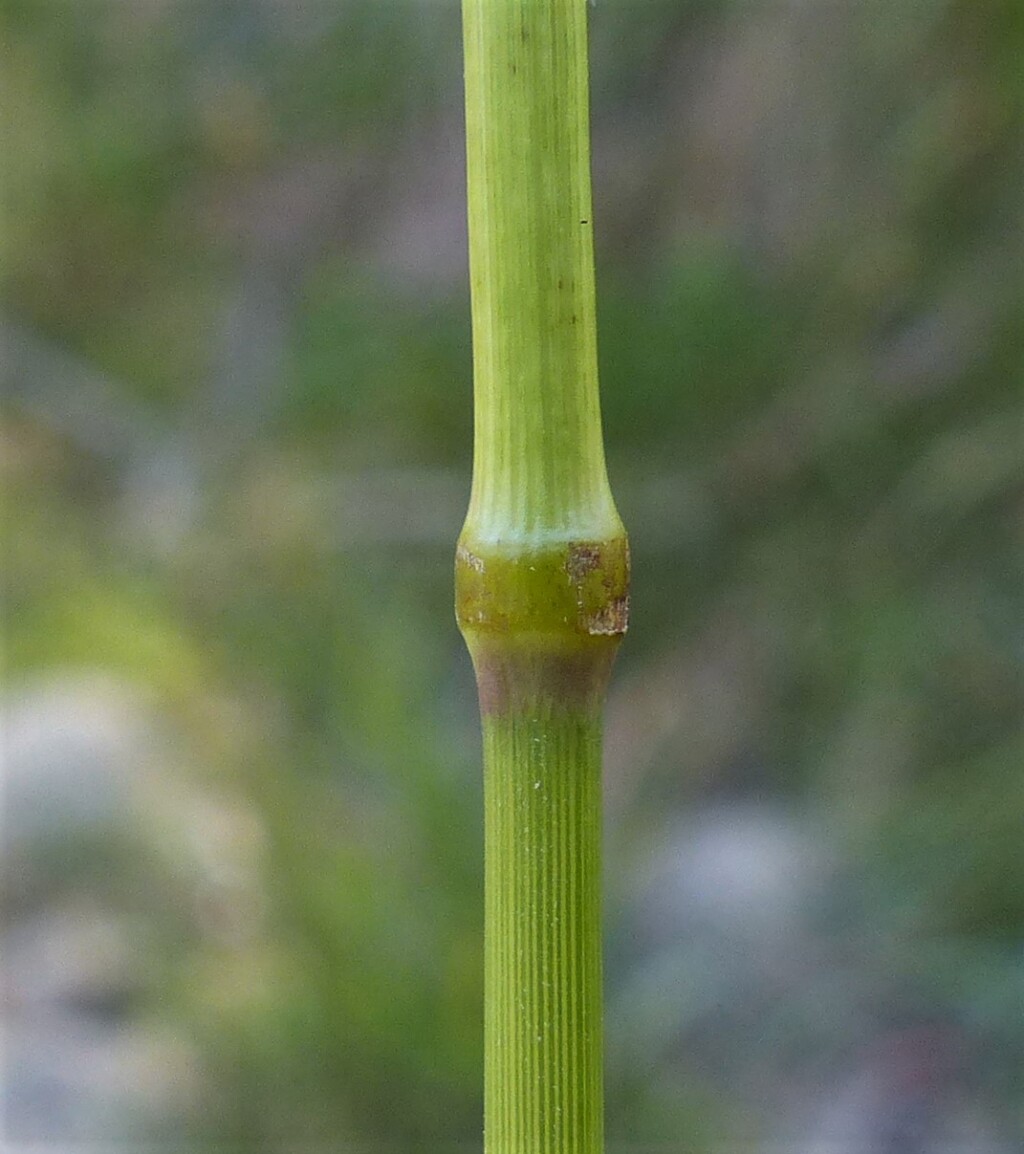Poa labillardierei var. labillardierei
Tussock usually at least half as high as the culm; sheaths pale, very rarely purplish; blades flat or more often channelled, occasionally loosely inrolled, to 80 cm long and 3.5 mm wide, not or rarely bluish. Flowers mainly Oct.–Feb.
LoM, MuM, Wim, GleP, Brid, VVP, VRiv, RobP, MuF, GipP, OtP, WaP, Gold, CVU, GGr, DunT, NIS, EGL, EGU, WPro, HSF, HNF, OtR, Strz, MonT, VAlp. Also SA, Qld, NSW, Tas. The common tussock grass of streamsides and alluvial flats through most of the State, but rare in the north-west (e.g. at Wood Wood, north-west of Swan Hill) and uncommon in the Wimmera (e.g. Donald, Dimboola districts) and rare above c. 1500 m, where largely replaced by the very similar but more robust P. helmsii.
In near-coastal habitats where P. poiformis grows, some intermediate forms between it and P. labillardierei may occur.
A distinctive form with completely glabrous lemmas, lacking a web, occurs near drainage lines of the Volcanic Plain (e.g. Derrinallum, Darlington, Warrnambool, Dunkeld, Shelford areas). It is often more robust than typical forms of the variety which may grow in association with it. On stony rises of the plain (e.g. near Lake Corangamite, Lake Condah) plants with similar features may develop rhizomes. Further work is required to determine if the apparent distinctness of this form warrants taxonomic recognition.
Walsh, N.G. (1994). Poaceae. In: Walsh, N.G.; Entwisle, T.J., Flora of Victoria Vol. 2, Ferns and Allied Plants, Conifers and Monocotyledons, pp. 356–627. Inkata Press, Melbourne.
 Spinning
Spinning

